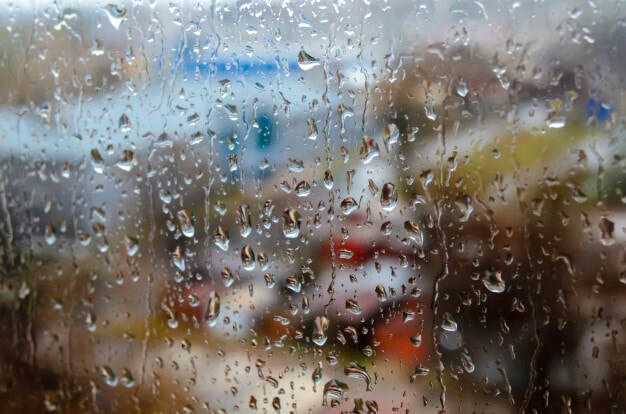There are various different types of waterproofing, with different applications and levels of protection required. When dealing with small aquatic organisms, this protection is vital. These organisms include both plants and fish. Waterproofing provides protection from both the natural weathering occurring on the outside of a structure and from external contaminants. It is generally agreed upon that the more thorough the protection, the better it will be; the types of protection will vary between different applications and areas.

Waterproofing Solutions
A waterproofing application might involve some form of a liquid waterproofing membrane, which can also be applied in different forms such as a paint. Waterproofing is essentially the process of impenetrable or water-repelling an item or structure by using solid or semi-permeable materials. These include cementitious substances like gypsum and calcium carbonate. Other substances commonly used are bituminous calcium compounds and polyurethane liquid membrane systems. These systems are also sometimes referred to as liquid membrane systems, foam systems or clear plastic membranes.
Cementitious
Cementitious materials can be placed over precast concrete foundations to create waterproofing and to protect interior surfaces from freezing or sagging. The concrete, once hardened, is then used for walls and other exterior structures. Cementitious waterproofing can also be sprayed onto exterior structures and then allowed to dry. This type of coating is usually more durable than paint, as well as being easy to clean, maintain and protect from freezing.
Membranes
Gypsum and calcium carbonate are common examples of waterproofing membranes. The basic makeup of a typical system includes a membrane that is composed of a combination of materials that resist moisture from penetrating the surface. These materials are then combined into a concrete or composite mixture. There are two primary forms of these systems: concrete-based and plastic-based.
A major disadvantage of damp proofing and vapor barriers is that they do not prevent liquid entry into a structure. They are simply effective at preventing moisture from penetrating the surface. Once a liquid enters an existing structure, either because of improper construction or a permeable seal, the situation can worsen quickly. Even small quantities of water can quickly increase the rate of evaporation and the amount of structural failure. Without careful design, a damp proofing or vapor barrier can create the perfect environment for mold and mildew to grow, thrive and eventually destroy a home.
Cementitious membranes, on the other hand, do have one major advantage over their non-cement counterparts. Because these systems are made of synthetic materials, they do not contribute to the deterioration of a home's exterior. As long as they remain in good condition and do not crack, they can serve as an effective barrier against moisture penetration and damage. These systems are available in a variety of different forms and can be applied to a wide variety of different roof types and structures. service to fix a sagging floor,
call in the repair team with the right level of expertise and experience for the job.
Waterproof Coating
Another option for protecting a foundation is to apply a water-resistant coating. These coatings are generally applied to the inside of a structure to prevent water from seeping into the interior. Though these systems are less effective at stopping rain and snow from entering an interior space, they do offer a much higher degree of resistance to soil erosion. However, they do require an additional layer of building materials and must be applied to be effective. These coatings are most often applied to roofs and walls, although they can also be used on flat and textured surfaces such as patios and driveways.
Exterior
One last option for waterproofing a structure is exterior waterproofing. This technique requires little maintenance and can prevent severe weather damage to interior spaces. This method requires the development of a sealant that will prevent moisture from penetrating the structure. A variety of different substances can be used for this coating, which may include tar or acrylic paints used by a waterproofing company in Miami. An exterior waterproofing coating should be water-resistant and able to resist ultraviolet light damage.
So, stop looking for waterproofing company near me if you're in Miami, just give us a call. Looking for more in-depth analysis and practical tips? Check out
our blog for expert advice and valuable resources.
What Our Customers Think
-
Paul. H
Button“There service is not only affordable but also really gets the right result.”
-
George. R
Button“They were able to quickly get on top of the problem we had.”
-
Leslie. N
Button“There’s no service you can trust more if you need a foundation problems corrected. They offer a truly professional service.”



